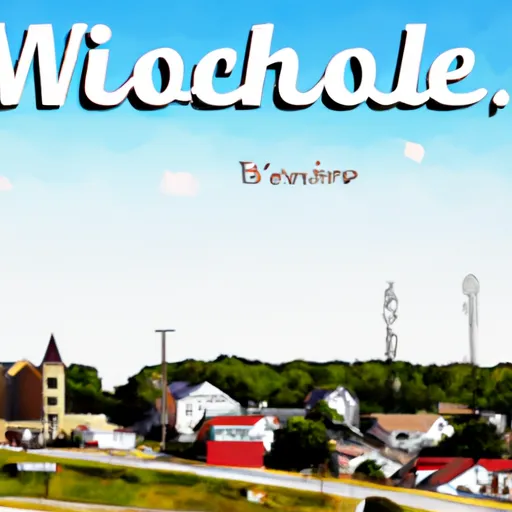°F
°F
mph
Windspeed
%
Humidity











Monticello, Wisconsin is a charming village located in Green County, with a population of approximately 1,200 residents. The climate in Monticello is characterized by warm summers and cold winters. July is the warmest month, with average temperatures reaching about 81°F (27°C), while January is the coldest month, with temperatures dropping to around 12°F (-11°C). The area experiences moderate precipitation throughout the year, with an average of 34 inches (86 cm) of rainfall annually.
The village of Monticello is situated near the Sugar River, offering a variety of hydrology constituents. The river provides opportunities for fishing and boating, allowing visitors to enjoy the serene and picturesque surroundings. Outdoor enthusiasts can also explore the Sugar River State Trail, a 24-mile trail for hiking, biking, and cross-country skiing. This trail follows the river and offers scenic views of the countryside.
In addition to the river and trail, Monticello boasts several parks and recreational areas. Zilmer Park offers a playground, picnic areas, and a softball field, making it a popular spot for family outings. Montesian Gardens is a peaceful garden where visitors can relax and enjoy the beauty of nature. Overall, Monticello provides a tranquil environment with ample opportunities for outdoor recreation and exploration.
Weather Forecast
Monticello receives approximately 913mm of rain per year, with humidity levels near 83% and air temperatures averaging around 8°C. Monticello has a plant hardyness factor of 5, meaning plants and agriculture in this region thrive during a short period during spring and early summer. Most plants will die off during the colder winter months.
Regional Streamflow Levels
6,600
Cubic Feet Per Second
392
Cubic Feet Per Second
4,700
Cubic Feet Per Second
1,720
Cubic Feet Per Second
Nearby Camping
| Camping Area | Reservations | Toilets | Showers |
|---|---|---|---|
| Walkiah Bluff Water Park | |||
| Lake Mike Conner | |||
| Lake Columbia | |||
| McLeod Water Park | |||
| Okatoma Water Park | |||
| Dry Creek Water Park |



